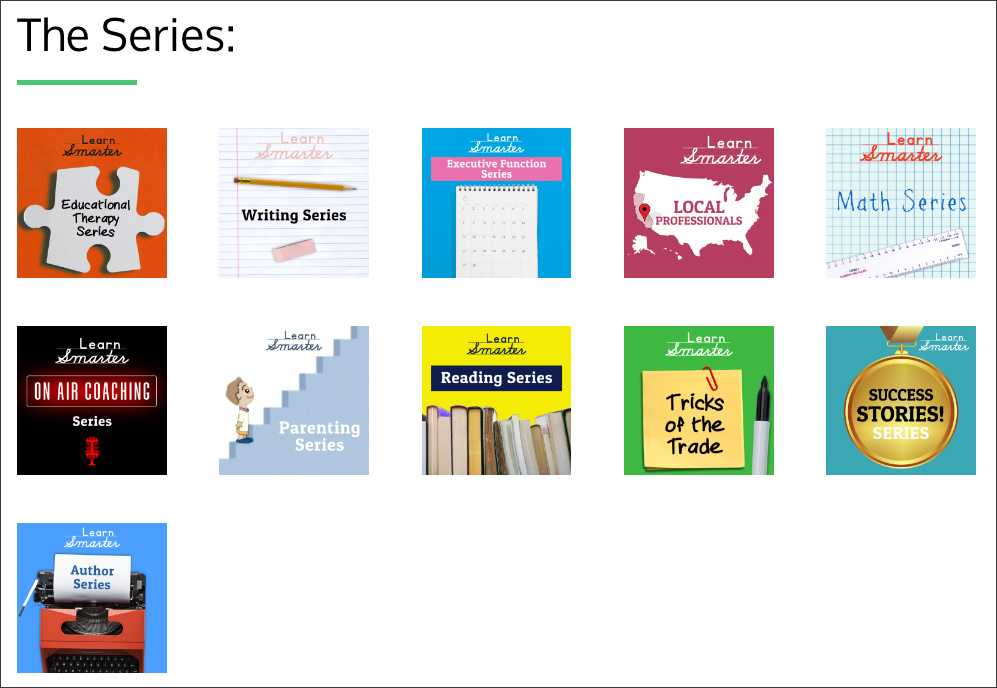Digital Accessibility: Life Without Hindrance — from learningguild.com by Bill Brandon
Digital accessibility is the practice of making digital content and applications accessible to all users, including those with disabilities. This means ensuring that websites, mobile applications, and digital platforms are designed and developed in such a way that people with various types of impairments—visual, auditory, physical, speech, cognitive, or neurological—can use them without hindrance. It’s about removing barriers in the digital world, enabling equal access and opportunity to everyone, similar to how physical accessibility considerations in building design ensure everyone can navigate through them. Digital accessibility is not just a legal necessity but also a socially responsible practice, ensuring inclusivity in the increasingly digital landscape of our society.
Improve the Digital Accessibility of Your Content — from learningguild.com by Bill Brandon
Improving the digital accessibility of existing text ensures that you can reuse your learning support assets. In this article, I’m going to give you a list of ideas to achieve that objective, using a set of ideas presented in a previous article. In general, the content here will improve accessibility and readability for all learners.
















